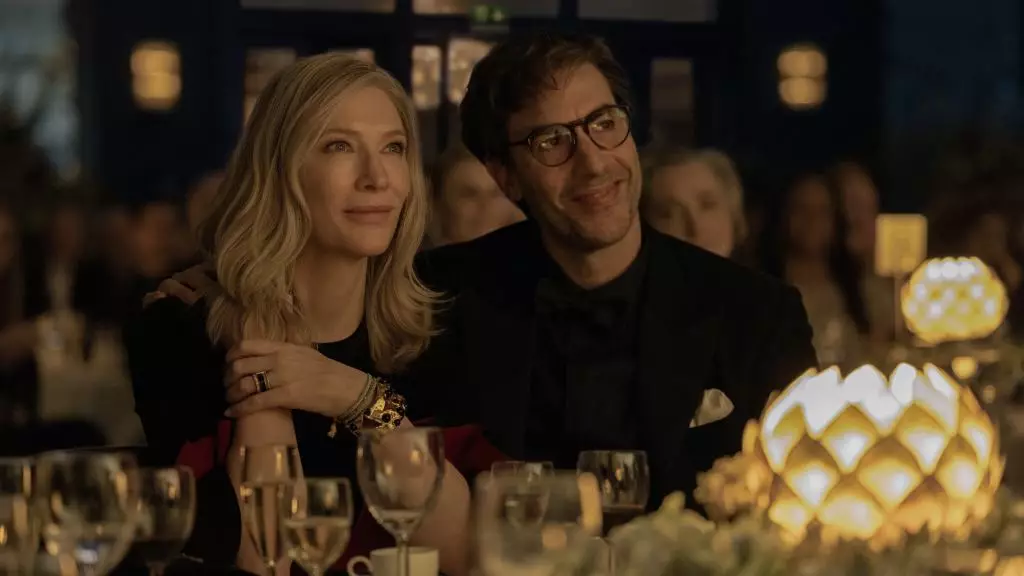The landscape of filmmaking has seen seismic shifts over the decades, morphing from a studio-dominated model to an age where independent creators reign supreme, fueled by digital platforms and social media influence. In examining the stringent methodologies of legendary producers like David O. Selznick, Sam Goldwyn, and Darryl F. Zanuck, one cannot help but ponder how these titans of old would navigate the chaotic modern era flooded with YouTube sensations, TikTok influencers, and boundary-pushing filmmakers like Alfonso Cuarón, who are redefining cinematic storytelling in the age of streaming.
Selznick’s legacy is emblematic of a bygone era characterized by meticulous oversight and an authoritarian grip on the creative process. Known for his unyielding demands and frequent interruptions during pitches, he dictated terms to directors and writers, shaping their visions to fit his grand ambitions. That level of control feels increasingly archaic as today’s content creators are celebrated for their uniqueness and audacity, often opting for unfiltered expressions that challenge conventional norms. The rigid frameworks of Selznick’s time may struggle to connect with the authenticity and spontaneity of contemporary storytelling, exemplified by the bold narratives being explored on platforms like Apple+ with Cuarón’s works.
His latest venture, “Disclaimer,” has sparked vibrant discussions within the film community. The series, featuring a star-studded ensemble cast led by Cate Blanchett, intertwines complex themes of morality and trauma with a nonlinear narrative style. Critics are polarized, oscillating between admiration for its ambition and skepticism toward its execution, forcing viewers to engage with the material on multiple levels. The complexity of “Disclaimer” juxtaposed with Selznick’s tightly controlled productions, which often leaned toward a more formulaic storytelling approach, highlights the progressive shift in filmmaking today.
The rise of streaming services has shifted the power dynamics of film production. Directors and writers now often enjoy greater creative freedom as traditional hierarchies dissolve in favor of collaboration. Cuarón, who boasts an impressive filmography including “Roma” and “Y Tu Mama Tambien,” exemplifies how modern filmmakers can transcend conventional boundaries by embracing storytelling that resonates with their audience rather than conforming to studio mandates. His work melds personal experiences with universal themes, encouraging viewers to reflect rather than simply consume.
Different from the Selznick approach—where memos proliferated with relentless critiques and suggestions—today’s creators often cultivate their individual visions, collaborating with a diverse range of talent across various platforms and genres. This democratization has not only allowed for a wider variety of narratives but has also nurtured an environment where emerging filmmakers can find their voice sans the suffocating grip of industry giants.
Yet, one may still wonder whether the likes of Cuarón could have endured the rigors of Selznick’s directorial control. Cuarón’s style, known for its immersive storytelling and often unconventional narratives, would likely have been met with pushback during the Selznick era. The producer’s infamous comments regarding directors’ inadequacies in bringing his visions to life speak volumes about the authoritarian nature of the early Hollywood system.
Selznick’s tendency to meddle—replacing directors mid-production, scrutinizing actors’ performances, and even controlling visual aspects down to haircuts—stands in stark contrast to the environment in which modern creators thrive. The film industry today emphasizes authorship and originality, yielding fresh storytelling techniques and a greater variety of genres and formats. Consider how a new adaptation of classics like “Wuthering Heights,” spearheaded by younger filmmakers like Emerald Fennell and Margot Robbie, emerges not from the proverbial shadow of Selznick’s detailed memos, but from a collaborative ethos where input flows freely and innovation flourishes.
As pop culture evolves at breakneck speed, the notion of artistic integrity versus commercial viability remains a contentious topic of discussion. Movements within the industry signal a departure from the rigid expectations of yesteryear, shedding light on the importance of creative exploration. Selznick and his contemporaries might have viewed the modern film landscape with curiosity and skepticism, unsure of how their established principles could coexist with today’s liberated and often unpredictable storytelling methods.
While mere nostalgia might tempt us to romanticize the past, it is imperative to recognize the dynamic shifts in film production and consumption. Cuarón and his peers symbolize an exciting future where filmmakers can claim ownership over their narratives, utilizing the tools of the 21st century to connect with audiences on a deeply personal level. In this brave new world of cinema, the emphasis on collaboration, authentic voices, and diverse perspectives could transform the landscape of storytelling, reminding us that creativity will always thrive best when unfettered by outdated dictates.

